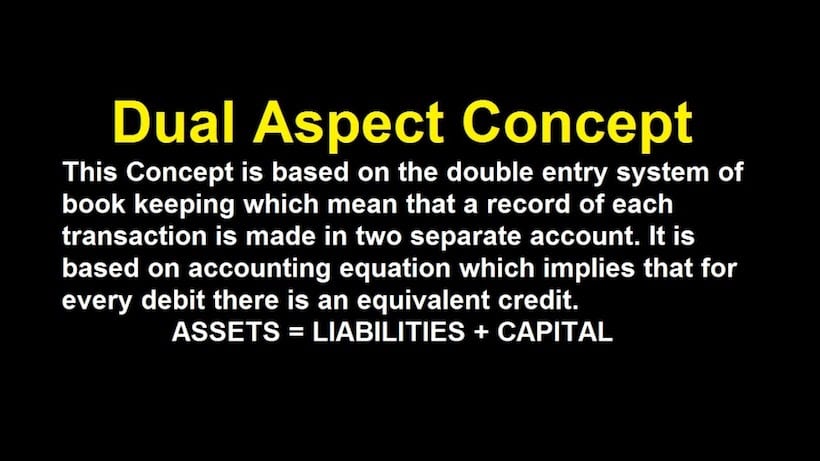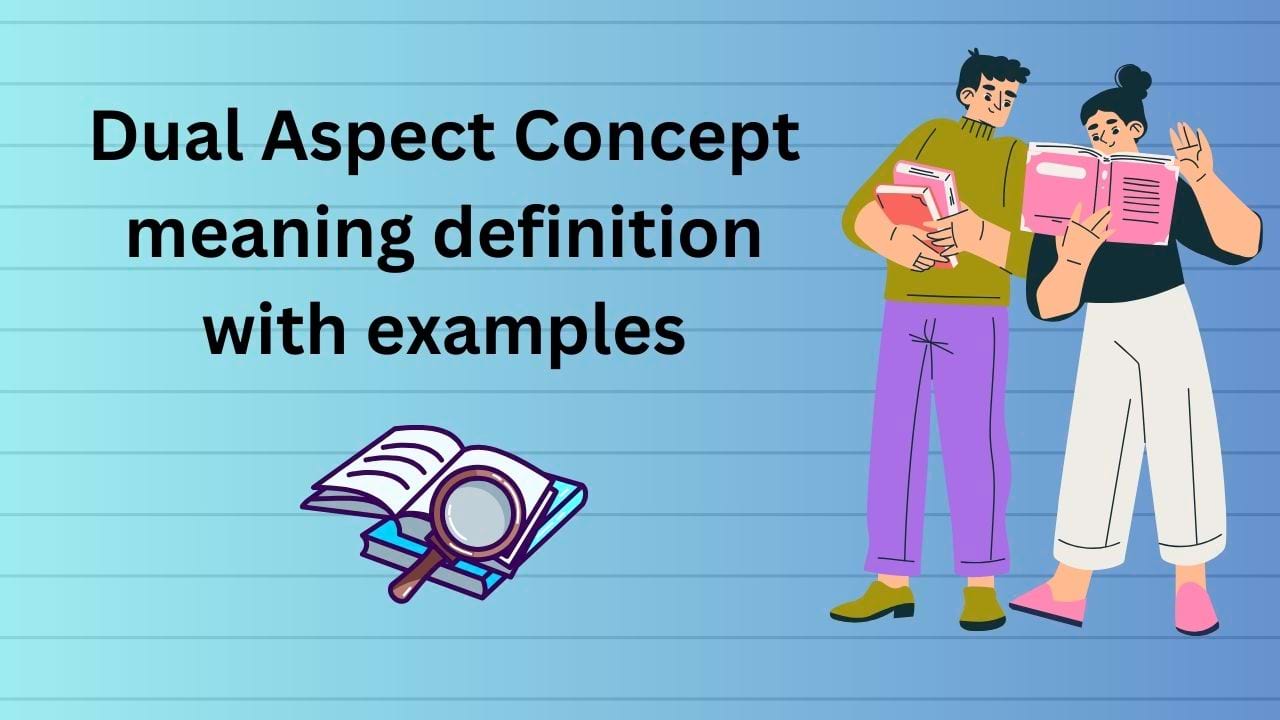Dual Aspect Concept – Accounting is a language of the business. Financial statements prepared by the accountant communicate Financial information to the various stakeholders for decision-making purposes. Therefore, Financial statements prepared by different organizations must be prepared on a uniform basis. Also, there should be consistency over some time in the preparation of these Financial statements. If every accountant starts following his norms and notions for accounting of different items then there will be utter confusion. You may also like Bills of Exchange.
Every Transaction has two effects: Debit and Credit. Both are opposite and equal also known as Double Entry System. The accounting equation has been derived based on the dual aspect concept as under:
- Assets = Liabilities + Equity (Balance Sheet Equation)
- Net Profit = Income – Expenses (Profit and Loss Equation)

Dual Aspect Concept
Dual Aspect Concept in Detailed –This concept is the core of double-entry bookkeeping. Every transaction or event has two aspects:
- It increases one Asset and decreases another Asset;
- It increases an Asset and simultaneously increases Liability;
- It decreases one Asset, and increases another Asset;
- It decreases one Asset and decreases a Liability.
Alternatively:
- It increases one Liability, and decreases another Liability;
- It increases a Liability, increases an Asset;
- It decreases Liability, and increases other Liability;
- It decreases Liability and decreases an Asset.
So every transaction and event has two aspects. Must Read Features of the Ledger Account.
This gives a basic accounting equation :
Equity (E) + Liabilities (L) = Assets (A)
or
Equity (E)= Assets (A) – Liabilities(L)
Or, Equity + Long Term Liabilities + Current Liabilities = Fixed Assets + Current Assets
Or, Equity + Long Term Liabilities = Fixed Assets + (Current Assets – Current Liabilities)
Or, Equity = Fixed Assets + Working Capital – Long Term Liabilities
Whatever is received as funds is either expended (Expenses) or debited to the Profit and Loss Account
Or Lost – Losses are transferred to the Capital Account
Or saved – Shown on the Assets side of the Balance Sheet
Therefore, Capital + Income/Profits + Liabilities = Expenses + Net Loss + Assets Or, Capital + Income – Expenses + Net Profits = Assets – Liabilities
Since the net profit/loss is transferred to equity, the net effect is
Equity + Liabilities = Assets







